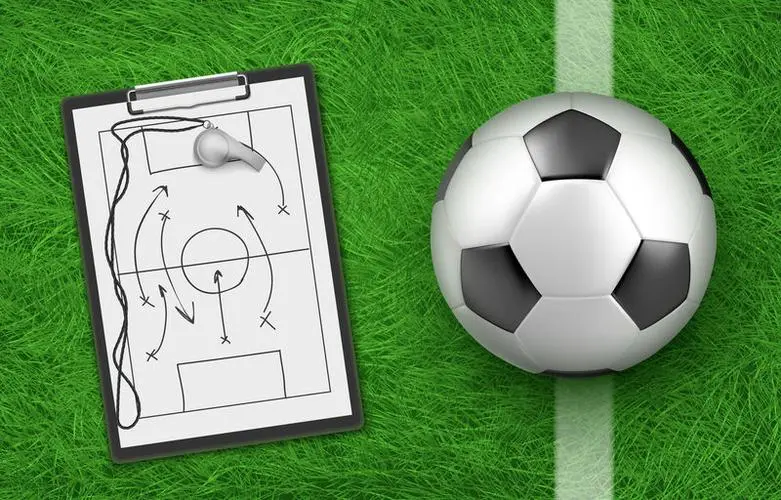Athletics Olympics long jump competition rules, triple jump competition rules-triple jump knowledge

Athletics Olympic long jump competition rules usually follow the regulations of the International Athletics Federation (IAAF). The long jump competition is a track and field event with the goal of athletes jumping over the horizontal line at the farthest distance.
In the long jump competition, athletes must stand on an ejection board, step on the board and leave the other foot off the ground. The athletes must then run to the ejection board in a neat and uniform form, and complete the long jump after touching the board. Athletes 'performance will be judged by the maximum distance they jump.
The triple jump is one of the long jump events. It adds an additional requirement to the traditional long jump event, requiring athletes to make three jumps at the contact point. The triple jump consists of three stages: run-up, long jump and landing. The run-up distance must not exceed a certain length to avoid athletes engaging in long-distance running. The long jump stage requires athletes to jump the moment they contact the ejection board and jump across the horizontal line as far as possible. Compared with traditional long jump events, triple jump requires higher explosive power and consistent technical movements.
In triple jump competitions, there is usually a rating point that is located a certain distance in front of the ejection plate. Athletes must not jump after this assessment point, otherwise they will be ruled a foul. The cumulative distance of the three jumps will be used to evaluate the athlete's performance.
In the long jump competition, in addition to being comprehensive in the three links of run-up, long jump and landing, athletes also need to have a good sense of balance, explosive power and flexibility. Athletes need to flexibly use whole-body coordinated exercise and accurately control their body posture and movements to ensure that they can reach the best state in every long jump.
The long jump competition rules of the Athletics Olympics are conducted in accordance with the regulations of the International Athletics Federation, and the triple jump is a special form of the long jump event. Athletes must jump within the legal run-up distance, complete the long jump, and jump across the horizontal line at the farthest distance possible. In the triple jump competition, each athlete has three jumps, and the results will be judged based on the cumulative distance of the three jumps. Athletes not only need to have comprehensive technical and physical qualities, but also need to flexibly use their bodies to control all aspects. Long jump is a challenging and ornamental track and field event.
RELATED STORIES






LATEST NEWS







